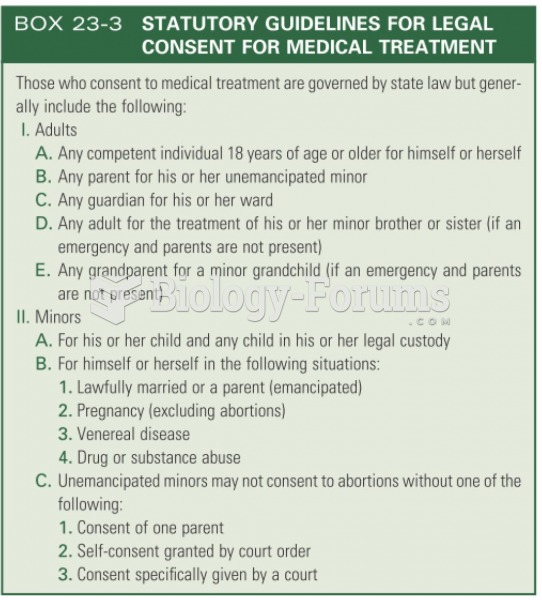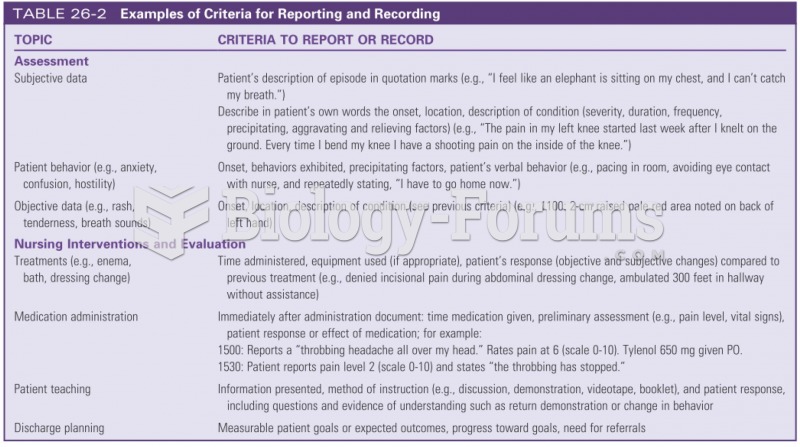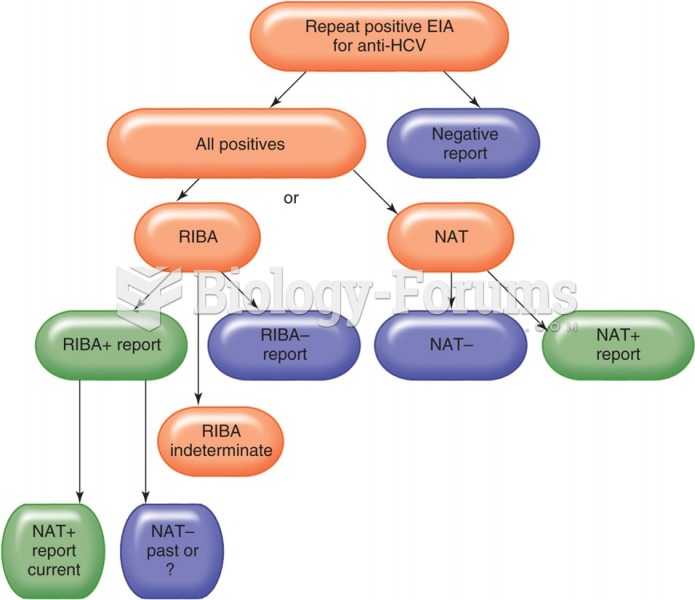|
|
|
In ancient Rome, many of the richer people in the population had lead-induced gout. The reason for this is unclear. Lead poisoning has also been linked to madness.
Certain rare plants containing cyanide include apricot pits and a type of potato called cassava. Fortunately, only chronic or massive ingestion of any of these plants can lead to serious poisoning.
During pregnancy, a woman is more likely to experience bleeding gums and nosebleeds caused by hormonal changes that increase blood flow to the mouth and nose.
The immune system needs 9.5 hours of sleep in total darkness to recharge completely.
Alzheimer's disease affects only about 10% of people older than 65 years of age. Most forms of decreased mental function and dementia are caused by disuse (letting the mind get lazy).







![Diplo & Riva Starr - Heaven or Not (feat. Kareen Lomax) [Official Visualizer]](https://biology-forums.com/gallery/49/medium_6_03_06_24_11_35_28.jpg)